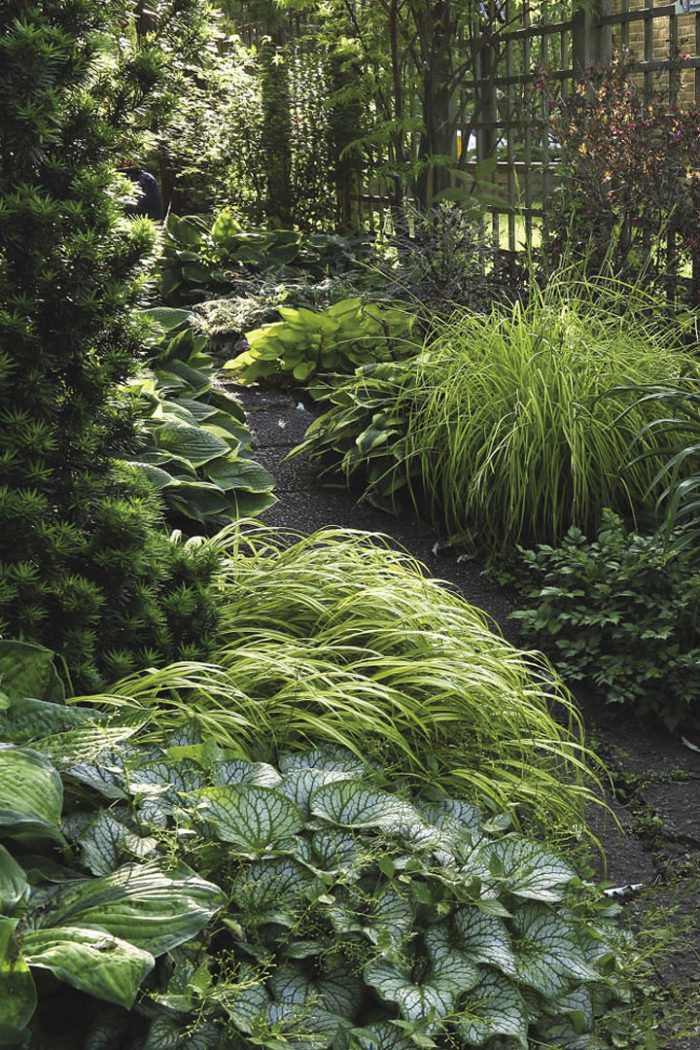
Janice Becker’s garden in Deerfield, Illinois, is an island of horticultural diversity in a neighborhood ruled by turf grass, mature trees, and occasional ground covers. She has created a plant lover’s paradise, packed with tried-and-true favorites and an intriguing mix of new and unusual cultivars.
“There’s no master plan or grand design. I like to experiment,” Janice says. “For me, gardening is all about figuring out what I can grow and how it will look.”
Janice loves color, and it is especially interesting how she uses it in her shadiest beds. Flowers make regular appearances throughout the season, but foliage is the main focus. Every shade of green is represented, tinged and splashed with gold, red, blue, white, and inky purple.
Plant combinations include plenty of artful contrast in scale and texture. There’s enough color and pattern repetition to keep conversations between plant neighbors polite, and enough variety to keep them interesting. If you have a shady nook that needs a visual boost, take inspiration from Janet’s garden and break up that sea of green.
This plant collector’s garden offers a satisfying blend of colors and textures. A diverse mix of foliage engages the eye, lending depth and interest to a shady pathway.
Add eye candy to the understory

The rose-tinted leaves of tricolor beech lend season-long color to a partially shaded bed. At ground level, Japanese forest grass and ‘Liberty’ hosta add sunny contrast amid early-summer greenery.
1. Tricolor European beech (Fagus sylvatica ‘Tricolor’, USDA Hardiness Zones 4–7)
2. ‘Liberty’ Hosta (Hosta ‘Liberty’, Zones 3–8)
3. ‘Aureola’ Japanese forest grass (Hakonechloa macra ‘Aureola’, Zones 5–9)
4. ‘Superba’ betony (Stachys macrantha ‘Superba’, Zones 4–8)
A bit of color keeps the greens interesting
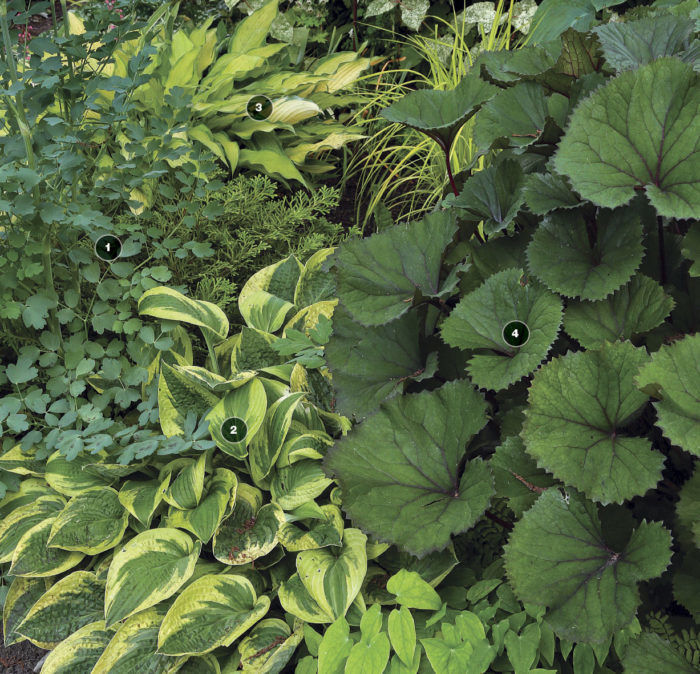
Green can be bold, bright, or subtle, depending on what other colors are mixed in. Here, the airy, glaucous meadow rue foliage cools down a combination dominated by warm tints of chartreuse and purple.
1. Yellow meadow rue (Thalictrum flavum ssp. glaucum, Zones 5–8)
2. ‘Wide Brim’ hosta (Hosta ‘Wide Brim’, Zones 3–8)
3. ‘Pineapple Upsidedown Cake’ hosta (Hosta ‘Pineapple Upsidedown Cake’, Zones 3–8)
4. ‘Othello’ ligularia (Ligularia dentata ‘Othello’, Zones 3–8)
Tuck in a bit of brilliance

Easygoing summer bulbs like Star of Bethlehem add seasonal sparkle without taking over the border. In the background, a climbing hydrangea scales a tree trunk, bedecking it with luminous blooms.
1. Star of Bethlehem (Ornithogalum magnum, Zones 5–8)
2. Yellow epimedium (Epimedium × versicolor ‘Sulphureum’, Zones 5–8)
3. Climbing hydrangea (Hydrangea anomala ssp. petiolaris, Zones 4–8)
Fine texture pairs well with substantial foliage

The big, dark leaves of ‘Othello’ ligularia create a dusky backdrop for this splashy five-leaf aralia. Allium blooms pick up the ligularia’s warm color and the aralia’s delicate, radiating pattern.
1. Stars of Persia (Allium christophii, Zones 5–8)
2. Variegated fiveleaf aralia (Eleutherococcus sieboldianus ‘Variegatus’, Zones 4–9)
3. ‘Othello’ ligularia (Ligularia dentata ‘Othello’, Zones 3–8)
Vary leaf shapes for visual interest

Artfully combined foliage shapes contribute intriguing texture to this lush display, and sweet summer bulbs add a touch of color.
1. Yellow wax-bells (Kirengeshoma palmata, Zones 5–8)
2. ‘Silver Bay’ hosta (Hosta ‘Silver Bay’, Zones 3–9)
3. ‘Othello’ ligularia (Ligularia dentata ‘Othello’, Zones 3–8)
4. ‘Globemaster’ allium (Allium ‘Globemaster’, Zones 5–8)
5. Martagon lily (Lilium martagon, Zones 3–7)
Assemble an edgy combination
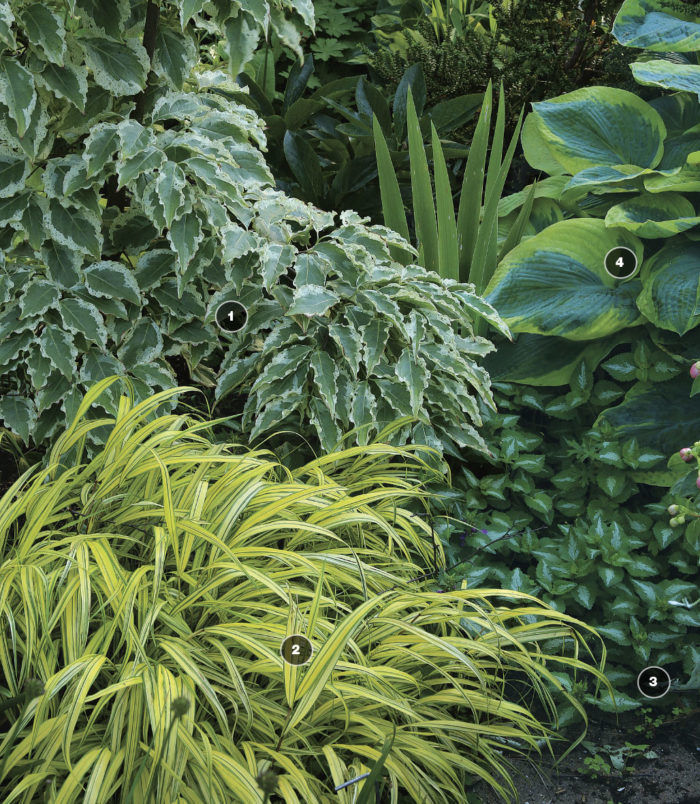
Heavy pruning keeps this ‘Wolf Eyes’ kousa dogwood in bounds in a tight space. This puts its white-edged foliage close to the ground, where it acts as a frosty foil for golden Japanese forest grass and contrasting white-striped lamium leaves. A nearby hosta picks up the cool and warm tones of its companions.
1. ‘Wolf Eyes’ kousa dogwood (Cornus kousa ‘Wolf Eyes’, Zones 5–8)
2. ‘Aureola’ Japanese forest grass (Hakonechloa macra ‘Aureola’, Zones 5–9)
3. ‘Chequers’ spotted dead nettle (Lamium maculatum ‘Chequers’, Zones 3–9)
4. ‘June’ hosta (Hosta ‘June’, Zones 3–9)
Design
Tints and Textures Take Precedence When Nothing is Blooming
It is tempting to fill shady areas with broad swaths of reliable ground covers, but a well-curated palette of plants will provide more interest and variety all season long. When choosing or adding plants, think about the color and texture of the leaves and how they will look next to their chosen companions throughout the year. Don’t forget to add some bright foliage to the mix, sited next to plants with dark- or cool-colored leaves to emphasize its impact.
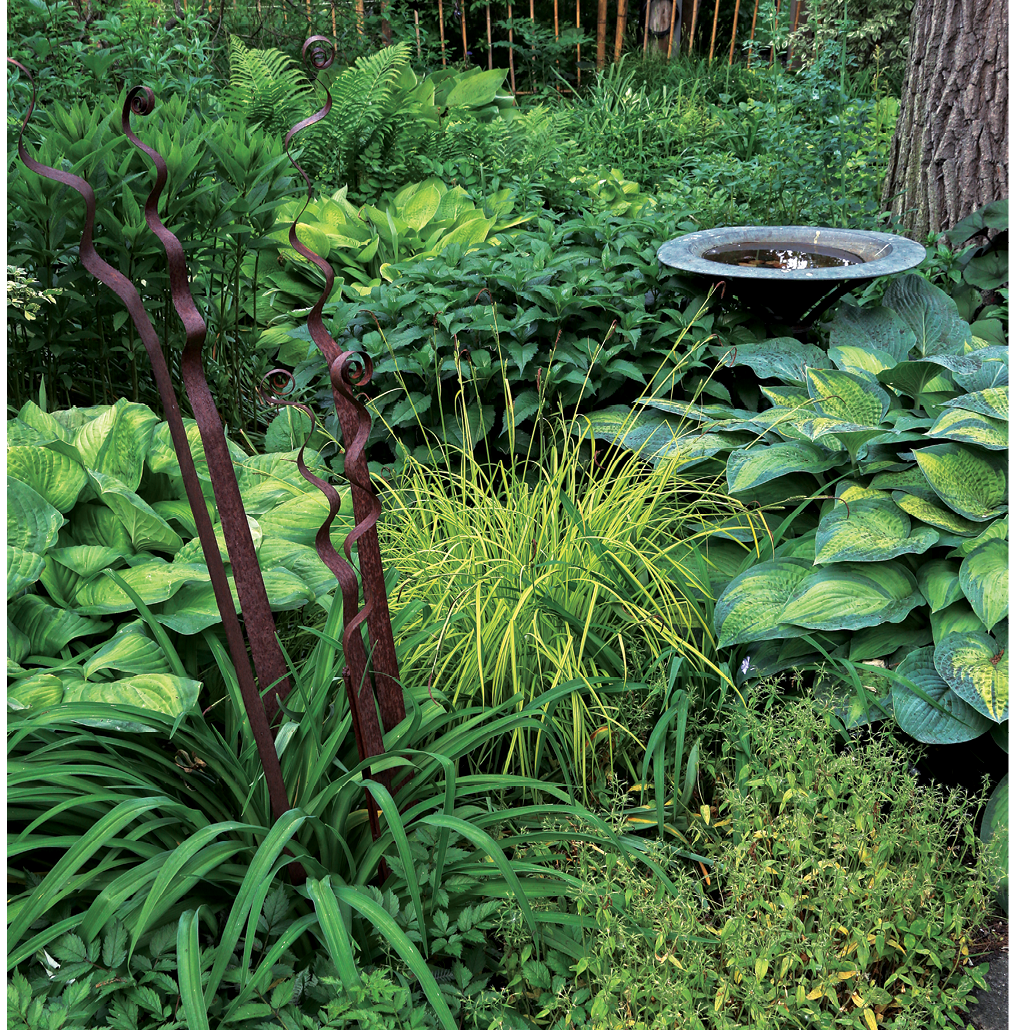
Garden ornaments add structure
An understated birdbath and playful iron “fronds” act as focal points in this foliage-based composition. Even a small amount of water brings reflected light and a sense of movement to a static garden scene.
Site a high-impact plant next to subdued companions
Bowles’ golden sedge (Carex elata ‘Aurea’, Zones 5–9) looks brilliant alongside a hosta edged in cool blue and the deep green foliage of ‘Hot Lips’ turtlehead (Chelone lyonii ‘Hot Lips’, Zones 3–8).
Fine-textured ground covers fill foreground space
Blue phlox (Phlox divaricata ‘Blue Moon’, Zones 3–8) and Chinese astilbe (Astilbe chinensis var. pumila, Zones 4–8) are reliable choices to edge a shady bed. Both have long-lasting foliage that’s attractive before and after the blooms peak.
Carol Collins is the assistant editor.
Photos, except where noted: Danielle Sherry; Carol Collins
Fine Gardening Recommended Products

Planting in a Post-Wild World: Designing Plant Communities for Resilient Landscapes
Fine Gardening receives a commission for items purchased through links on this site, including Amazon Associates and other affiliate advertising programs.

Spear & Jackson 4930FZ Razorsharp Telescopic Tree Pruner
Fine Gardening receives a commission for items purchased through links on this site, including Amazon Associates and other affiliate advertising programs.

Ho-Mi Digger - Korean Triangle Blade
Fine Gardening receives a commission for items purchased through links on this site, including Amazon Associates and other affiliate advertising programs.


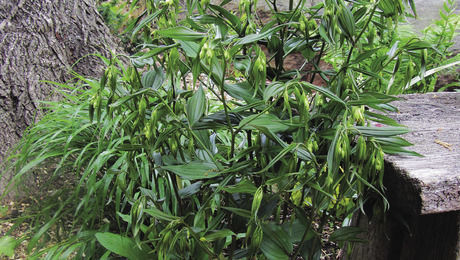


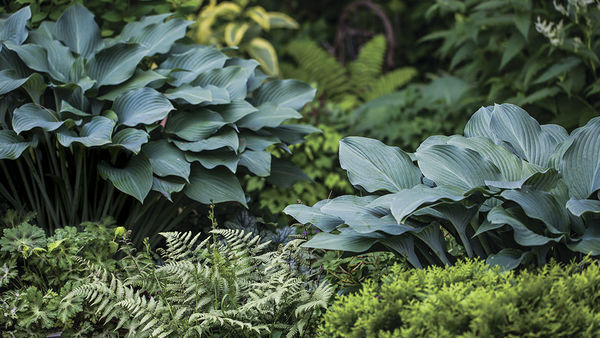













Comments
Log in or create an account to post a comment.
Sign up Log in